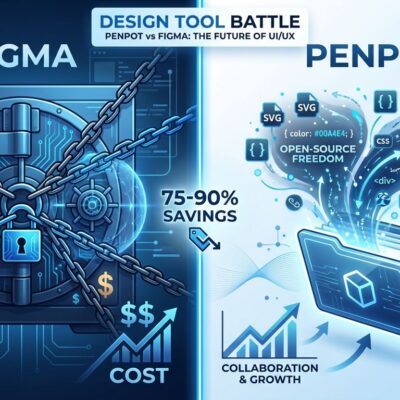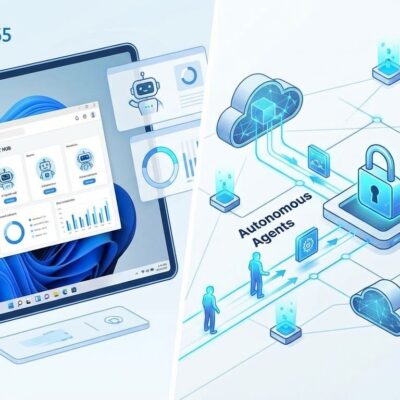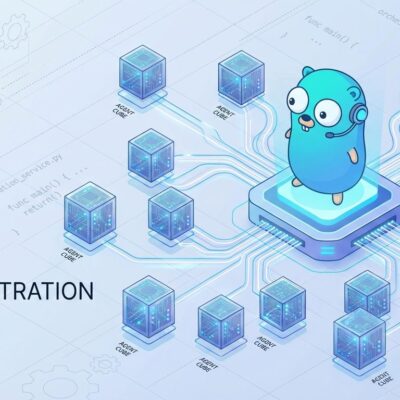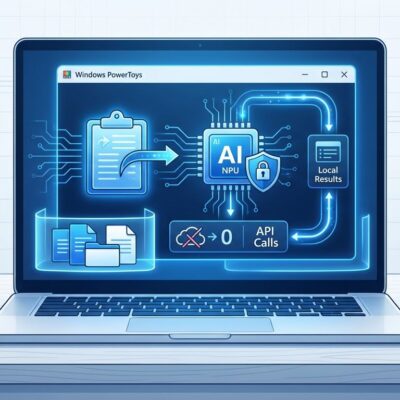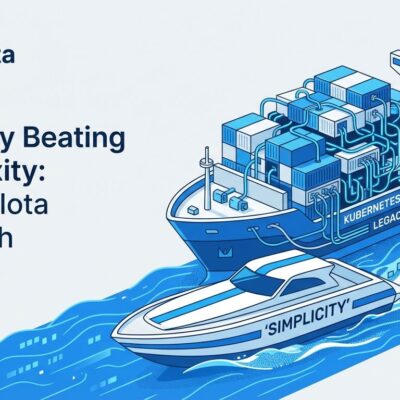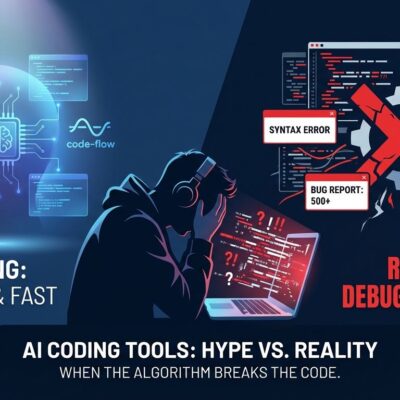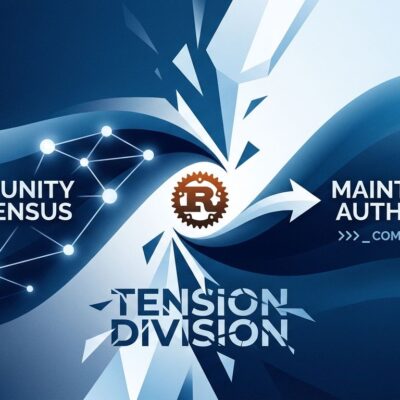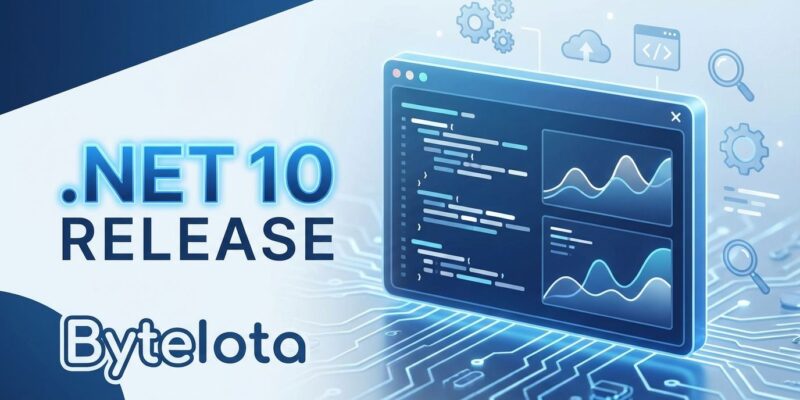
Microsoft released .NET 10 on November 11, 2025, as a Long-Term Support version backed by three years of support through November 2028. Moreover, the release delivers measurable performance improvements—up to 2x faster with 70-90% less garbage collection pressure in some workloads—and introduces the Microsoft Agent Framework for building AI-powered applications. Announced at .NET Conf 2025, this LTS release affects millions of developers building web, cloud, mobile, and desktop applications.
Performance Gains Translate to Real Cloud Cost Savings
The performance improvements aren’t marketing hype. Developers on Hacker News report downgrading cloud servers to smaller instances after upgrading, with one calling .NET 10 “really awesome and so much faster.” The JIT compiler now eliminates virtual method calls when passing arrays to IEnumerable<T>, making iterations 68% faster. Furthermore, escape analysis allocates non-escaping objects on the stack instead of the heap, dramatically reducing garbage collection pressure.
ARM64 write-barrier improvements cut GC pause times by 8-20%. Additionally, one developer’s battle report showed 2x speed improvements with 73% less memory usage compared to .NET 8. These aren’t theoretical benchmarks—they’re real-world performance gains that reduce infrastructure costs.
The Visual Studio 2026 Requirement Creates Enterprise Friction
However, here’s the problem: you cannot fully target .NET 10 with Visual Studio 2022. Microsoft requires Visual Studio 2026 for complete .NET 10 support, but VS 2026 won’t reach general availability until Q1 2026. Consequently, this creates an awkward situation where the framework is production-ready but the primary development tool isn’t.
GitHub discussions show developer frustration, with some calling this “a commercial decision to force customers to buy VS 2026 licenses.” Whether that’s fair criticism or not, the timing is questionable. Microsoft strongly recommends production applications upgrade to .NET 10, yet enterprises realistically need to wait months for stable tooling. Indeed, the official guidance acknowledges this: plan migrations for mid-2026 after VS 2026 reaches GA.
Microsoft Pivots .NET Toward AI-First Development
The Microsoft Agent Framework is the headline AI feature, simplifying multi-agent system development with sequential, concurrent, and group chat workflow patterns built-in. Microsoft.Extensions.AI provides unified abstractions that work across OpenAI, Azure OpenAI, GitHub Models, and Ollama without code rewrites. Similarly, Entity Framework Core 10 adds vector search for AI workloads, and Model Context Protocol support is first-class.
The question is whether developers actually want this. Performance improvements are unambiguously valuable—everyone wants faster code and lower cloud bills. Nevertheless, does every framework need AI agents? Microsoft is betting .NET becomes the premier platform for AI-powered applications. Time will tell if that’s genuine value or feature bloat.
The .NET 10 Upgrade Decision: Skip .NET 9, Plan for Q1 2026
.NET 8 reaches end-of-support November 10, 2026—less than two years away. In contrast, .NET 10 extends support through November 2028, providing two extra years. The smart strategy: skip .NET 9 entirely (it’s non-LTS with support ending May 2026) and migrate directly from .NET 8 to .NET 10 to reduce migration cycles.
Timing matters. Begin testing with .NET 10 in Q3 2025 using preview builds. Then, plan full enterprise migration for mid-2026 after Visual Studio 2026 reaches GA. Greenfield projects can start on .NET 10 now, but established codebases should wait for stable tooling. Importantly, this isn’t urgent for .NET 8 users—you have runway—but plan ahead to avoid last-minute panic migrations in late 2026.
C# 14 Cleans Up Code, ASP.NET Core Adds Passkeys
C# 14 introduces field-backed properties that eliminate manual backing fields, making code cleaner without breaking changes. Additionally, extension properties let you add members to external types. First-class Span<T> conversions improve performance-critical scenarios. Furthermore, the null-conditional assignment operator (?.=) handles null checks more elegantly.
ASP.NET Core adds passkey authentication via WebAuthn/FIDO2, OpenAPI 3.1 support by default, and Server-Sent Events for real-time communication. NativeAOT improvements reduce cold starts in serverless environments. Meanwhile, Entity Framework Core 10 brings vector search, native JSON type support, and full-text search for Azure Cosmos DB. These aren’t revolutionary features, but they’re solid incremental improvements that make development smoother.
The Verdict
.NET 10 is worth upgrading to—eventually. The performance gains are real and measurable. Specifically, cloud cost savings aren’t hypothetical; developers are reporting actual infrastructure downgrades. The LTS lifecycle math makes sense: skip .NET 9 and get two extra years of support compared to .NET 8.
However, the Visual Studio 2026 requirement creates friction. Microsoft released a production-ready framework without production-ready tooling, forcing enterprises to wait months for stable IDE support. Whether that’s strategic product bundling or poor planning doesn’t change the reality: plan .NET 10 migrations for Q1 2026, not today.
The AI agent framework is Microsoft’s bet on the future, positioning .NET as an AI-first platform. Performance improvements justify the upgrade. Nevertheless, the tooling situation complicates the timeline. Greenfield projects can adopt .NET 10 now. Enterprise migrations should target mid-2026 after Visual Studio 2026 stabilizes. The upgrade is coming—just not this month.

